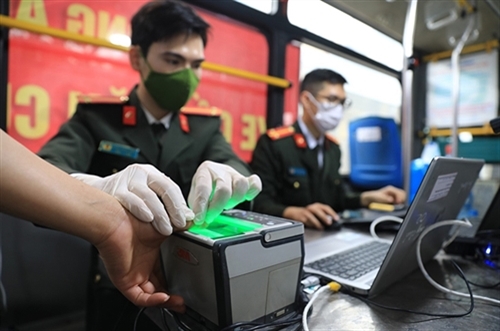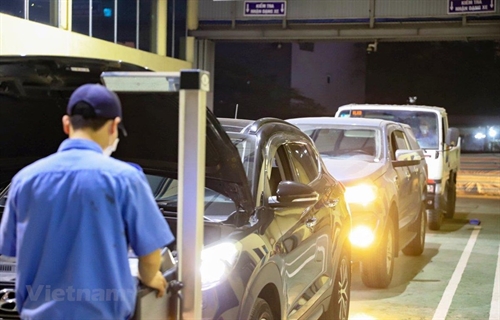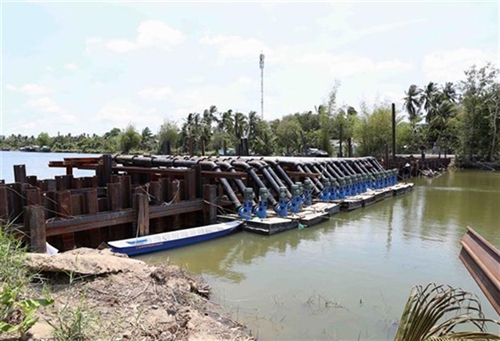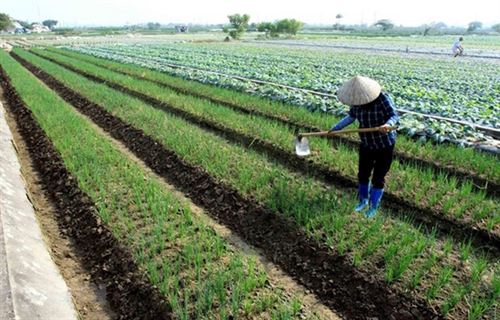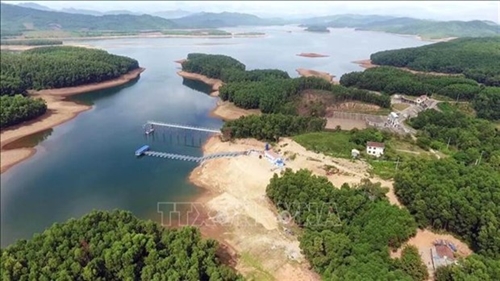Vietnam will strive to become a prosperous sea-based country, according to the Government Resolution 48/NQ-CP released on April 3, approving the Strategy for sustainable exploitation and use of marine resources and protection of the marine and island environment by 2030, with a vision toward 2050.
 |
| A fishing ground in the northeast of Phu Quoc island__Photo: VNA |
One of the prime targets set forth in the Resolution is to reasonably exploit and efficiently use marine and island resources to serve national socio-economic development in association with national defense and security, and promotion of external relations and international cooperation.
At the same time, it is expected to better protect, maintain and rehabilitate biodiversity in marine and coastal areas and on islands, while mitigating adverse impacts of disasters and proactively responding to climate change and sea level rise.
The Strategy sets a specific target to quickly and sustainably develop marine and coastal spearhead marine economic sectors, including sea tourism and services, maritime economy, exploitation of petroleum and other marine minerals, aquaculture and fishing, coastal industries, sea-based renewable energy generation, and some new marine economic sectors.
By 2030, all hazardous wastes and domestic solid wastes will be collected and treated up to national environmental standards, and all economic zones, industrial parks and coastal urban centers will be planned and built in a sustainable and smart manner to adapt to climate change and sea level rise, with concentrated wastewater treatment systems satisfying environmental regulations and standards.
In addition, it is expected to better manage and protect marine, coastal and island ecosystems, increase areas of marine reserves, and raise the total area of marine and coastal protected areas to at least six percent of the country’s natural marine area; protect breeding areas, migration routes and habitats of aquatic animal species, biosphere reserves and RAMSAR sites; and restore the coastal mangrove areas to the level of the year of 2000.
Another target is to have at least half of Vietnam’s maritime zones surveyed in terms of marine resources and environment and presented on 1:500.000 maps.
Under the Strategy, in a vision toward 2050, Vietnam is expected to have a strong marine economy based on green growth models, conserved marine biodiversity, protected marine environment, and a society in harmony with the nature.- (VLLF)
